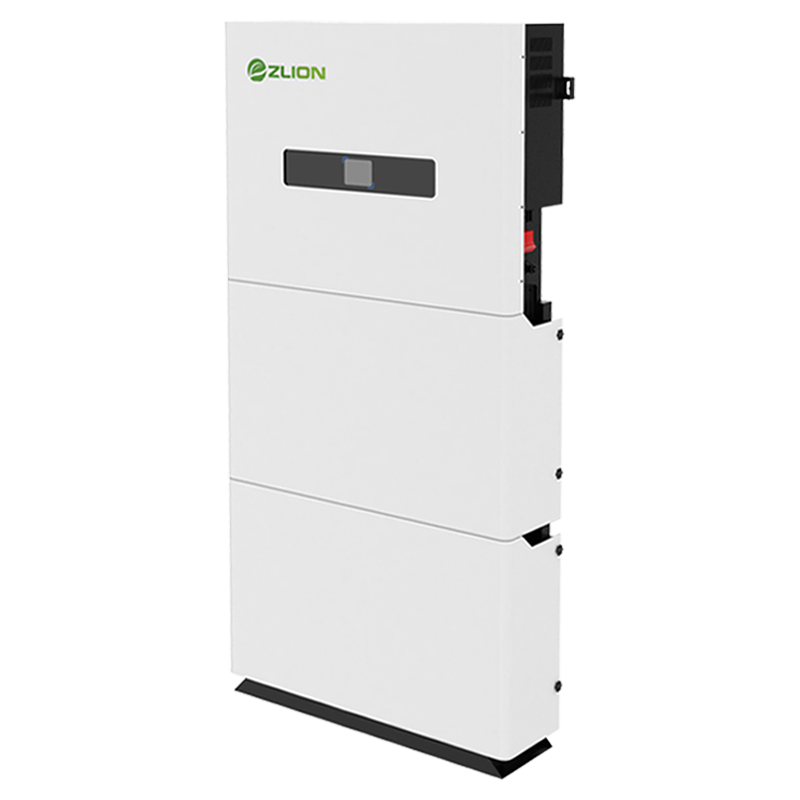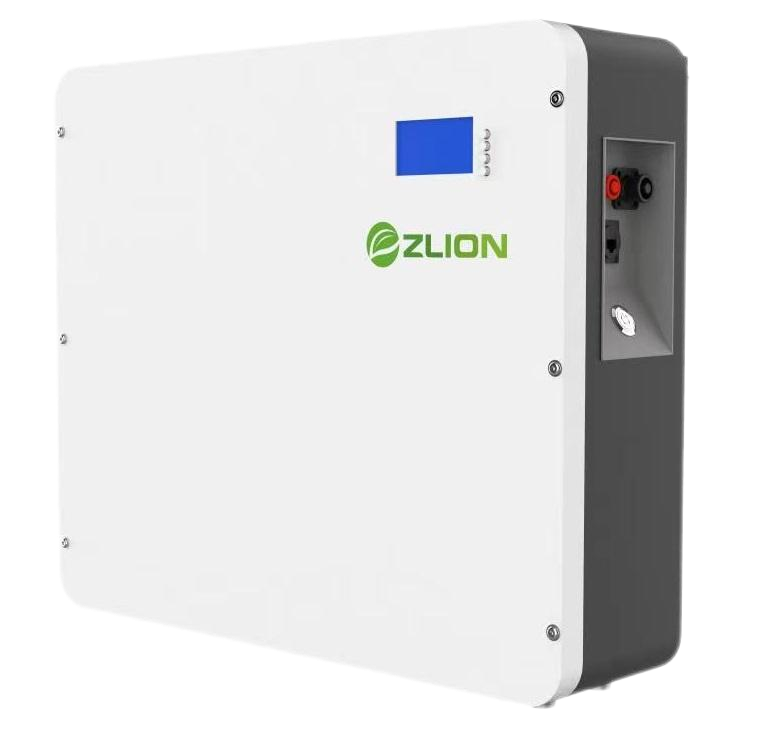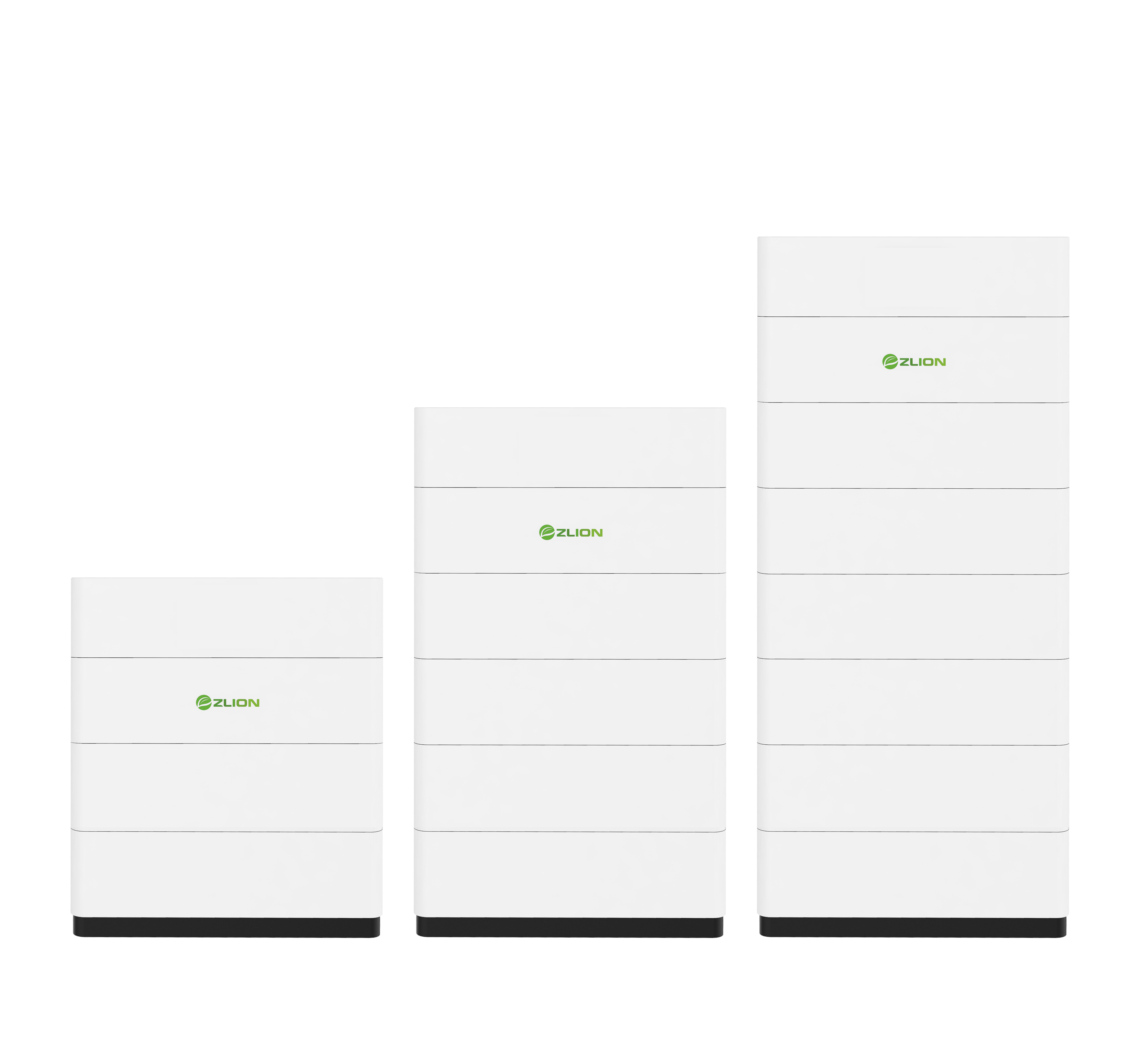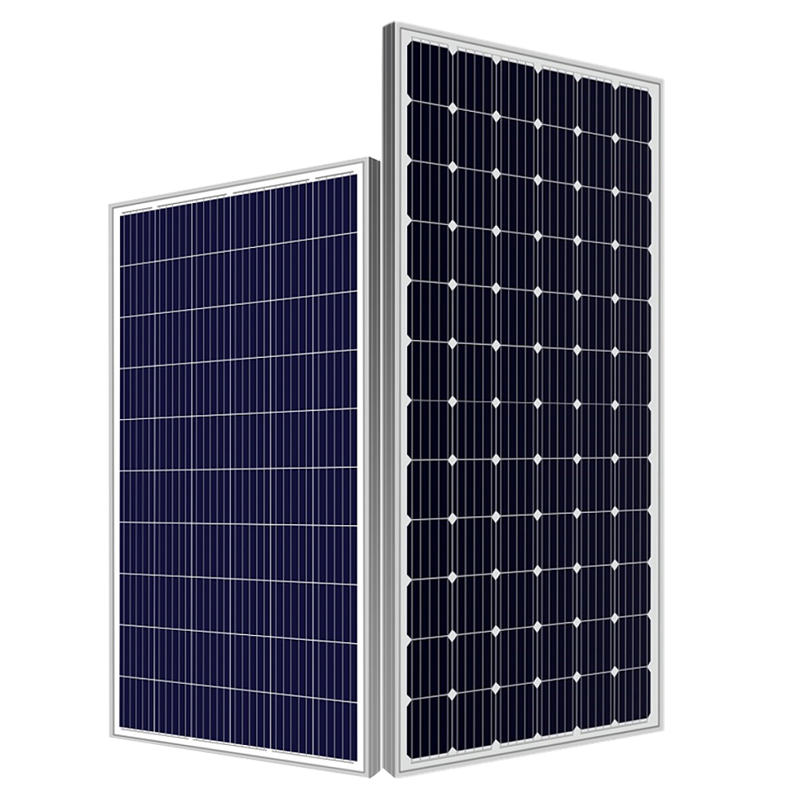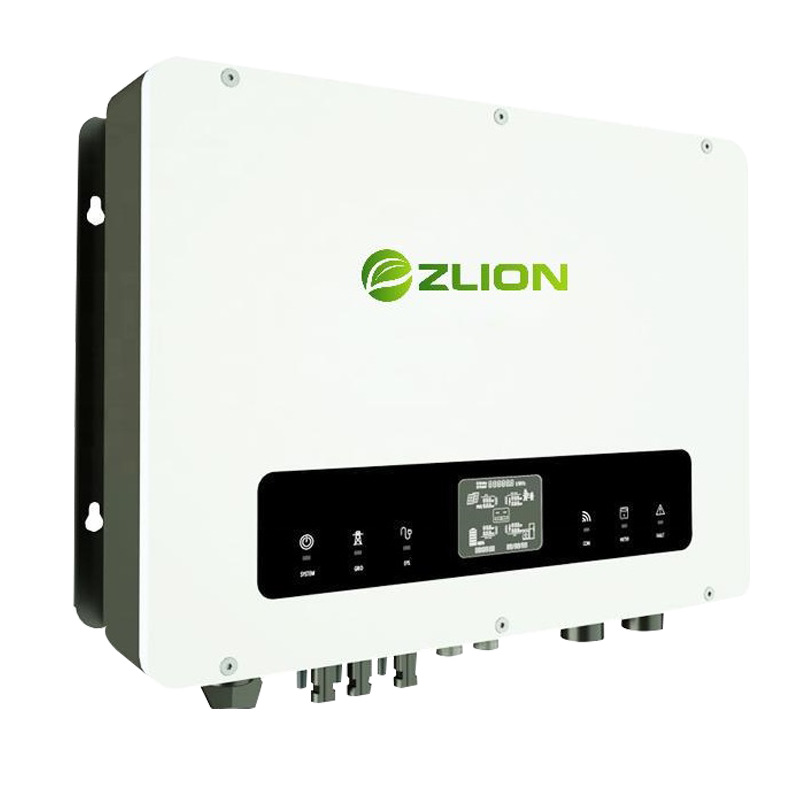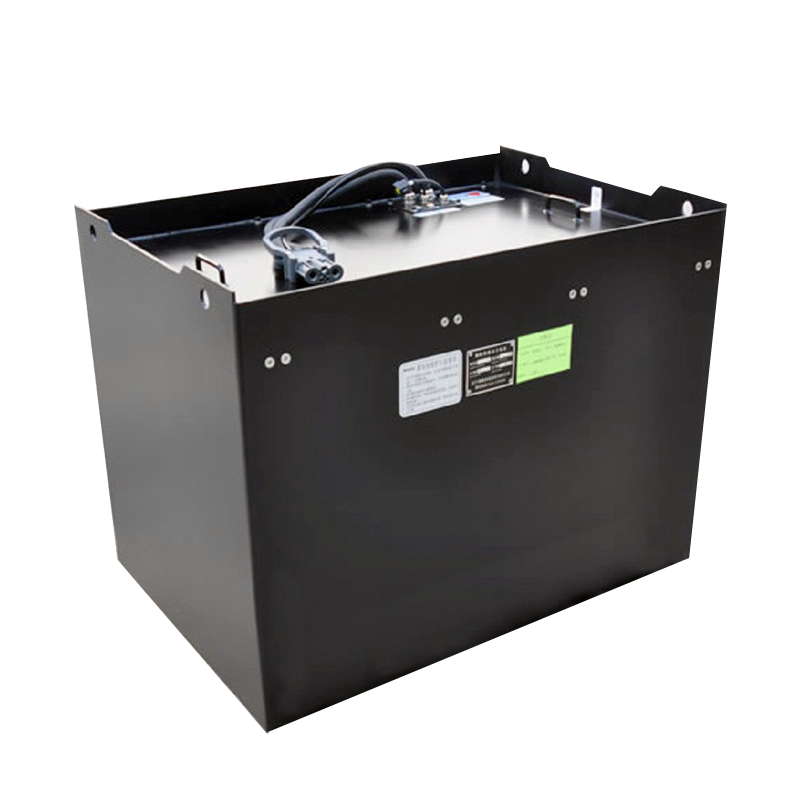1. Basic parameters
1. Voltage
• Common voltage: 12V, 24V, 48V, etc.
• Selection basis: Choose the right voltage based on your RV's existing electrical system and equipment requirements. If you already have a 12V system, it is recommended to continue using the same voltage to simplify installation.
2. Capacity (Ah)
• Demand estimation: Calculate the daily power consumption of all appliances in the RV, including lighting, refrigerators, TVS, air conditioners, etc. Ensure that the total capacity of the selected battery can meet the needs of at least one day, preferably with a margin.
• Expansion capability: Considering the possible future addition of electrical equipment, choose a battery pack with parallel expansion capability.
3. Energy density
• Space limitations: Batteries with high energy density can store more power in a smaller volume, which is especially suitable for RVS with limited space.
Second, performance characteristics
1. Cycle life
• Durability: Lithium-ion batteries (such as LFP) typically have a long cycle life (2000-5000 cycles), reducing the cost and hassle of frequent battery replacement.
2. Charge and discharge efficiency
• Fast charging: Support for fast charging can reduce charging time and improve the convenience of use.
Deep discharge: It can carry out deep discharge to 80% or even lower without affecting life, making full use of stored energy.
3. Self-discharge rate
Long-term storage: The low self-discharge rate means that the battery can retain more power even if it is not used for a long time, reducing the frequency of maintenance.
Third, safety and reliability
1. Material selection
• Lithium iron phosphate (LFP) : Compared to other types of lithium batteries, LFP materials are safer and more stable, and are not prone to overheating or spontaneous combustion.
• Built-in protection mechanism: Choose a product with a battery management system (BMS) to provide multiple protection functions such as overcharge, overdischarge, and short circuit.
2. Operating temperature range
• Strong adaptability: A wide operating temperature range (generally -20°C to +60°C) ensures normal operation in different climatic conditions.
Fourth, cost and economy
1. Initial cost
• Budget considerations: Although the initial purchase cost of lithium batteries is higher, they are more economical in the long term given their long life and low maintenance costs.
2. Cost performance
• Life cycle cost: Assess the total cost of the battery over its lifetime, including purchase price, maintenance costs, replacement frequency, etc.
5. Brand and after-sales service
1. Brand reputation
• Well-known manufacturers: Choose well-known brands of products, usually the quality is more guaranteed, and there is good user evaluation and technical support.
2. Warranty policy
• Service guarantee: Understand the warranty period and service content of the product to ensure that you can get timely and effective help in case of problems.
6. Installation and compatibility
1. Size and weight
• Space matching: Confirm that the size of the battery is suitable for the installation location, and take into account the ease of handling.
2. Interface standards
• Compatibility: Ensure that the selected battery is compatible with existing chargers, inverters and other electrical equipment to avoid unnecessary modifications.
7. Intelligent management and monitoring
1. Intelligent management
Remote monitoring: Some high-end products support remote monitoring of battery status via a mobile phone app or computer for easy management and maintenance.
2. User-friendly interface
• Easy to operate: with an intuitive display or indicator, it is convenient for users to check the remaining power, health status and other information.

